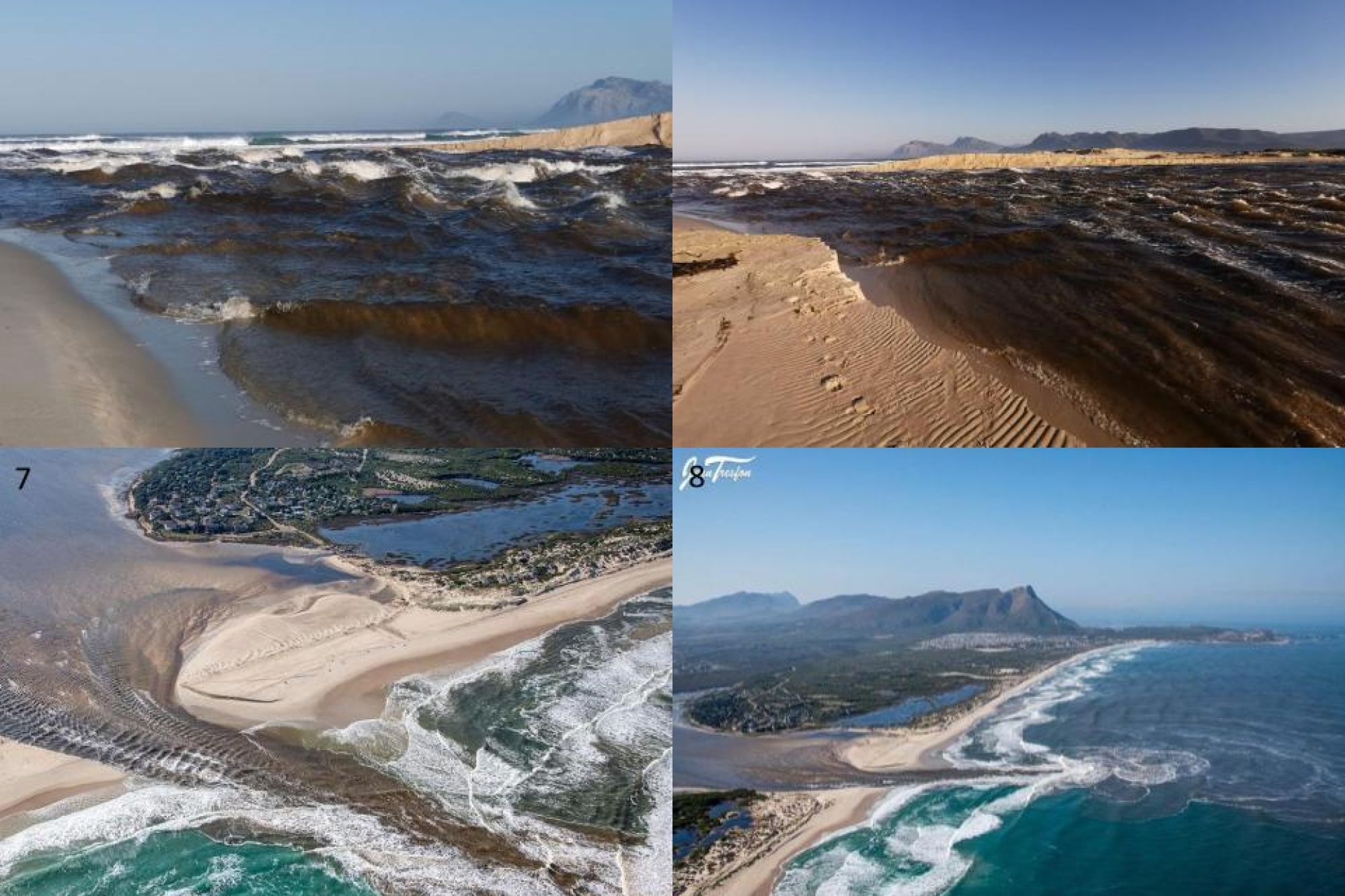
Water quality and quantity the key to healthy estuaries
The health of on estuary is a description of the condition of an estuary and are driven by two key drivers, water quality and quantity.
Rain falling on the land eventually makes its way to a lake, river, stream, estuary, or ocean. Some rainwater flows slowly, in a thin layer called sheet flow across the land, and other rainwater soaks into the ground where it travels underground. The land area that drains water to a common waterbody is referred to as a catchment.
Catchment elevations and soil types determine surface and groundwater flows into estuaries and the connection of the catchment to the ocean is via the estuary mouth which in some cases is artificially managed to ensure a healthy functional system.

Estuaries are sensitive to the timing and amount of freshwater delivery, and different estuaries are adapted to different freshwater regimes. The mixing of fresh and salt water in estuaries varies with geology, hydrology, and human alterations. Tides also play a large role and have a varied effect. Together, tides and winds help mix freshwater and saltwater together. A mixture of fresh and saltwater is commonly referred to as brackish and found throughout estuaries.
Estuaries are one of the most productive ecosystems on earth, and freshwater inflows are the single most important determinant of productivity in estuaries. Freshwater inflows to estuaries are important because they maintain the salinity needed to sustain juvenile fish and invertebrates such as shrimp and crabs; provide nutrients and phytoplankton that form the base of the food web; flush pollutants from bays; sustain a variety of habitats from mangroves and salt marshes to seagrass beds to oyster bars; and signal fish to spawn or move to different habitat.
While the quantity of the water flowing into an estuary is of high importance the quantity of the water is too. Unlike a river that flow in a single direction, flushing out sediments and pollutants an estuary often has a lengthy retention period. So, whatever is in the river stays in the mix zone longer. This will include any waterborne pollutants, along with contaminated sediment, and may severely affect the water quality. This can have a prolonged effect on the estuary’s plants and animals
However global changes largely caused by human influences are altering the amount of freshwater inflows into estuaries. Humans are diverting water from rivers and streams, decreasing the inflows into the estuarine ecosystems. As the human population grows and the demand for water resources continues, the ability to effectively manage freshwater inflows into estuaries is becoming a priority worldwide.
Fortunately, in South African the health of our estuary system is governed by The National Water Act of 1998. The act requires for the implementation of 'Resource Directed Measures' (RDM) in order to make optimal use of our country’s water resources while minimising ecological damage.
The focus of the resource directed measures is the determination of the 'Reserve', which is the water quality and quantity required for the protection of basic human needs and aquatic systems. The latter component, or 'Ecological Reserve', is the quality and quantity of water required to maintain a desired level of structure and function, or quality, of a specific aquatic system.




